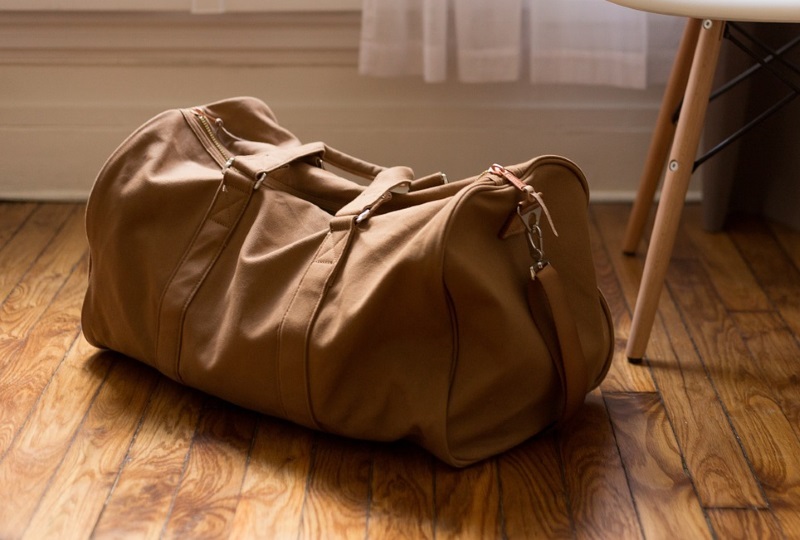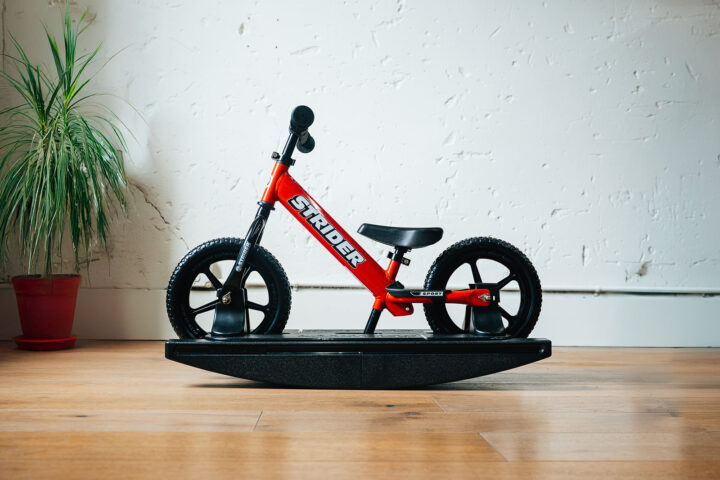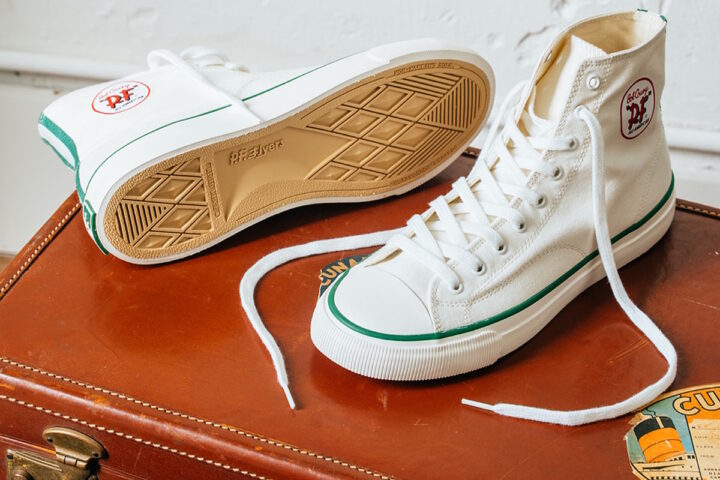I grew up in the Boy Scouts, even earning the rank of Eagle, so the motto “Be Prepared” was something that was drilled into me for years growing up and something I have always tried to practice, which is why I always have a Bug Out Bag ready to go. Be it packing some essential tools before heading out on a road trip or taking extra gear for a short day hike, having access to the right tools when you need them can make all the difference and, in extreme situations, can save your life or the life of others.
Now being prepared is very different than being a prepper, keeping an extra case of water if there is an emergency is not the same as digging a Cold War-style bunker in your back yard for the impending end times. While most people will never go through a cataclysmic event, earthquakes, tornadoes, and civil unrest do happen. In my lifetime, I have watched the LA Riots, the Northridge Earthquake, 9/11, Hurricane Katrina, Ferguson, and countless other events leave people on their own for days. These types of events are why you need a Bug Out Bag.
A Bug Out Bag is meant to allow you to evacuate an area quickly if a disaster strikes and give you enough supplies to survive for around 72 hours. The 72-hour window comes from organizations like the Red Cross and FEMA that have a targeted response time of 72 hours or less to reach people affected by disasters. A Bug Out Bag needs to be tailored to your region, as someone who lives in the path of a hurricane will need different supplies than someone who may have to survive in a blizzard. In addition to being used when evacuating a disaster area, a But-Out-Bag can be used when sheltering in place as some emergencies may require you to stay in your home.
So, what should you have in your Bug Out Bag? According to the American Red Cross, here are a few suggestions:
- Bottled water and non-perishable food, such as granola bars
- Personal hygiene items (toothbrush, toothpaste, deodorant, wet wipes, etc)
- Flashlight, hand-crank or battery-operated AM/FM radio, and extra batteries
- Solar/hand-crank cell phone charger
- Notepad, pen/pencil, and marker
- Paper Map
- Spare home/vehicle keys
- Whistle or bell
- First aid kit
- Dust mask to reduce inhalation of dust and other debris
- A change of clothing (long-sleeved shirt/pants, rain gear, sturdy footwear, etc.)
- Copies of important documents (insurance/medical cards, contact lists, identification, marriage and birth certificates, etc.) in a portable, waterproof container or plastic bag
- Back-up medical equipment and supplies
- A list of the medications you take, why you take them, and the dosages
- Cash, in small bills
- Supplies for your service animal or pet
My personal Bug Out Bag is built around the Henry Rifle AR-7 Survival Pack, which includes most everything you would need to survive for 72 hours, including the rugged, compact, AR-7 survival rifle. Originally developed for the US Air Force in the late 1950s a version of the AR-7 has been in production ever since as a survival/emergency defensive weapon for bomber crews who might have to bail out over enemy territory. While you may never need to use the rifle in an emergency situation, it is better to have it and not need it, than need it and not have it. The compact size means it doesn’t take much space and, when disassembled, doesn’t draw the attention a traditional rifle would. I also added a few additional items like extra food bars, water, a compact flashlight, an extra ammo box, and a local map.
Some people keep a smaller version of their Bug Out Bag in their car or office, called a “Get-Home-Bag,” with the basics you might need to get home if public transportation is shut down or the roads are blocked. These bags generally include a change of clothes, walking shoes, a map, water, and food for 12 hours. Basics to facilitate walking home if other means of transportation are unavailable, something we saw in 2003 with the New York City Blackout.





















